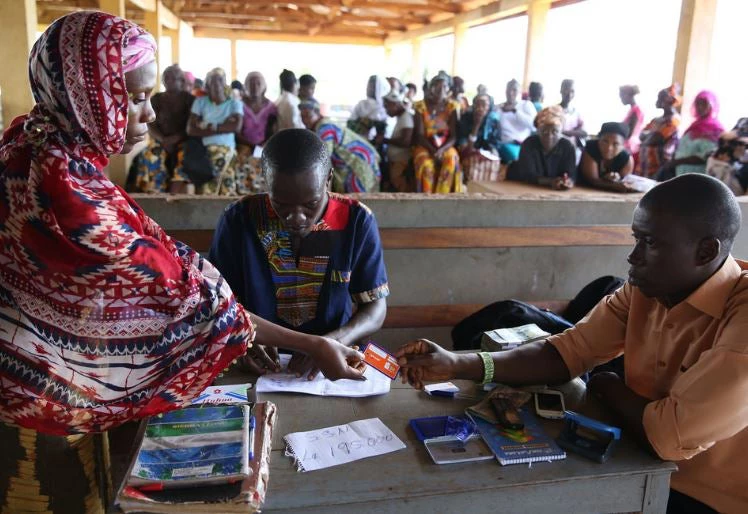
In a world increasingly filled with risk and potential, social protection systems help individuals and families cope with civil war, natural disaster, displacement, and other shocks.
Social protection systems also help people find jobs, allow them to meet their basic needs while also investing in the health and education of their children, and protect the elderly and other vulnerable groups. The World Bank Group (WBG) supports universal access to social protection, which is central to its goals of ending poverty and boosting shared prosperity. We also have projects that are directly or indirectly supporting humanitarian work around the world.
The World Humanitarian Summit, which I have just participated in from May 23 to 24 in Istanbul, is set amid global expectations to further support the humanitarian community. This is not just a Summit for members of the traditional humanitarian organizations but a great opportunity for development partners to identify how we can humbly work alongside humanitarians. We understand the need to set out a concrete action plan to better prepare for, respond to, and be resilient to shocks.
The agenda around building national social protection systems has largely been developmental in nature. The humanitarian community plays an important role in complementing these efforts and we must work to coordinate where appropriate to be consistent with humanitarian principles.
We are part of a group of 25 entities made up of governments, international organizations, and bilateral institutions called the Social Protection Inter-Agency Cooperation Board (SPIACB), that has released a joint statement explaining how linking social protection and humanitarian action can help bridge the development-humanitarian communities.
SPIACB is calling for an incremental transition of ‘chronic’ humanitarian caseloads of affected populations into social protection programs and systems, where appropriate. In doing so, humanitarian and development communities can ensure that households can benefit from the proven economic foundation that comes with regular, reliable, and predictable transfers. This will remove the burden of responding to long-term needs with short-term funding and programming cycles from humanitarian actors.
We would also like to reduce the current fragmentation in ways of delivering support by moving to common delivery systems that work for both development and humanitarian actors, whenever possible. We think that there is extensive scope for building upon and improving existing national social protection systems as part of a humanitarian response.
In seeking appropriate financial instruments, SPIACB recognizes the constraints of mobilizing finances in short time horizons, as well as the five-fold increase in humanitarian requirements in the past decade. SPIACB is calling for greater, more predictable, innovative and risk-informed financial resources to invest across different contexts - before, during and after crises.
To avoid duplication and fragmentation and maximize efficiency for households, social protection and humanitarian actors could be using cash transfers more strategically as a common tool. Most actors now recognise that the fundamental, long-term trends in concentration of people, economic activity, and technology are creating a landscape that is increasingly conducive for cash as an appropriate humanitarian response, as well as part of a development agenda – and we would like to see more and better joint work in this area.
We support the humanitarian community and look forward to contributing to a concrete action plan to better prepare for, respond to, and be resilient to conflicts and disasters.
Follow the World Bank Social Protection and Labor team on Twitter @wbg_splabor


Join the Conversation